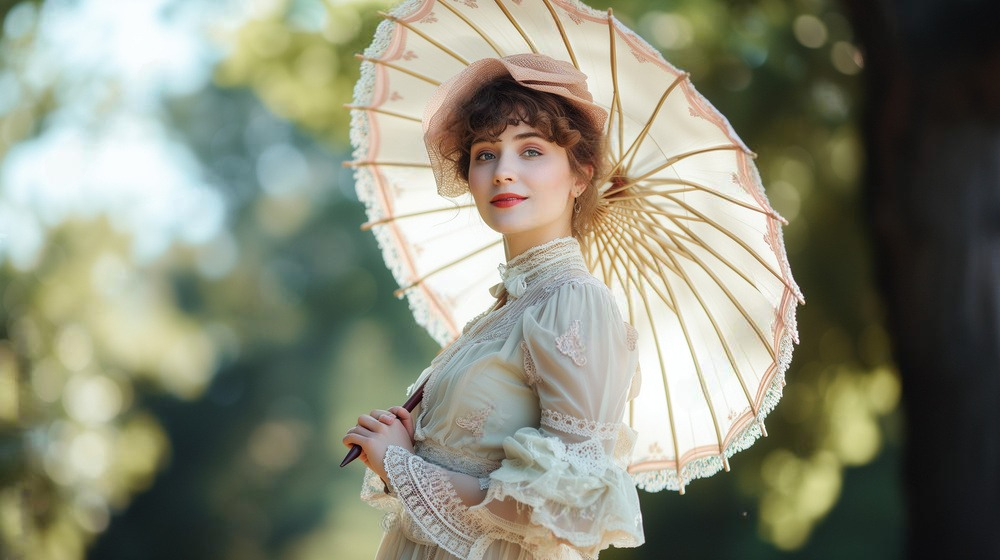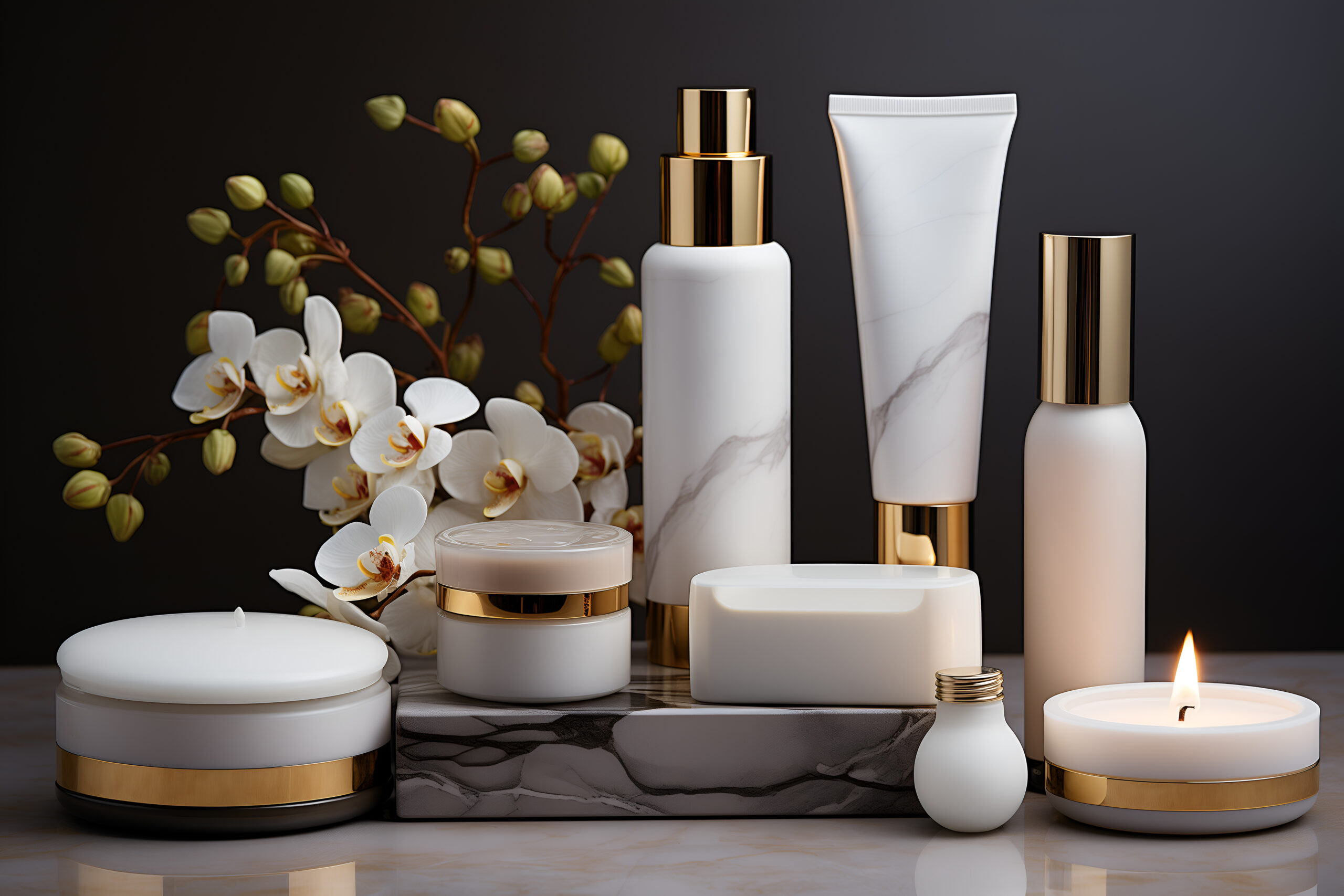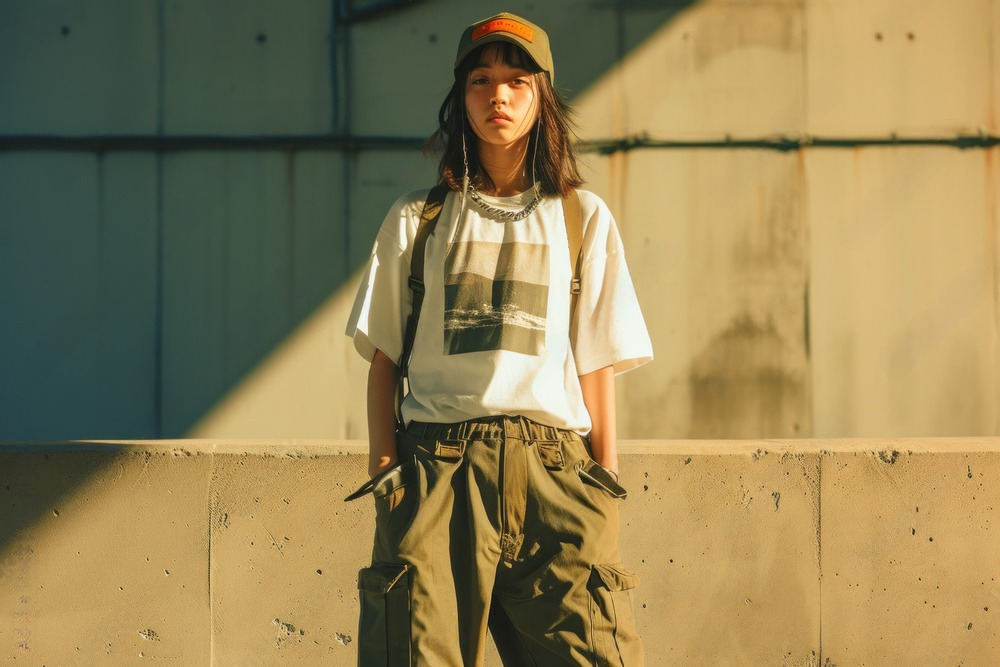Fashion is a vibrant reflection of the times, encapsulating societal shifts, cultural movements, and technological advancements. The 1910s marked a pivotal period in fashion history, characterized by a blend of opulence, innovation, and social change. The 1910s fashion was a reflection of its time, capturing the spirit of innovation, progress, and social change. From the evolution of silhouette to the explosion of color and texture, every aspect of 1910s fashion tells a story of creativity, resilience, and self-expression.
Table of Contents
Introduction to 1910s Fashion: Setting The Stage
The dawn of the 1910s marked a period of transition and transformation. Emerging from the opulence of the Edwardian era, fashion entered a new chapter characterized by modernity and innovation. With the turn of the century came a shift in societal attitudes and values, shaping the way people dressed and presented themselves to the world. One of the most notable aspects of 1910s fashion was its departure from the rigid conventions of the past. As women began to assert their independence and demand greater freedom, fashion responded with garments that prioritized comfort and mobility. The restrictive corsets of the previous decades gave way to looser, more relaxed silhouettes, allowing women to move with ease and confidence.
Time Capsule Couture: The Signature Styles of 1910s Fashion
Fashion is not just about clothes; it’s a reflection of society, culture, and innovation. The 1910s fashion witnessed a transformative period, marked by significant shifts in silhouettes, fabrics, and attitudes towards dressing. The fashion trends of the 1910s were characterized by innovation, upheaval, and a departure from tradition. From the rise of the hobble skirt to the influence of Paul Poiret, this decade witnessed a dynamic evolution in style that continues to inspire designers and fashion enthusiasts today.
1. The Rise of the “Hobble Skirt”
The early 1910s fashion saw the emergence of the “hobble skirt,” characterized by its narrow hemline that restricted movement. This trend symbolized the beginning of women’s liberation, as it challenged traditional notions of femininity and mobility.
2. S-Curve Silhouette
The silhouette of the 1910s fashion was dominated by the S-curve, which accentuated a woman’s curves by pushing the bust forward and the hips back. This silhouette was achieved through the use of corsets and structured undergarments, reflecting the idealized feminine figure of the time.
3. Art Nouveau Influence
Art Nouveau, with its organic motifs and flowing lines, heavily influenced fashion during the 1910s. Garments were adorned with intricate lace, embroidery, and floral patterns, mirroring the artistic movements of the era.
4. Military-Inspired Fashion
The outbreak of World War I in 1914 had a profound impact on fashion, leading to the popularization of military fashion style. Women’s fashion incorporated elements such as brass buttons, trench coats, and tailored suits, reflecting patriotism and solidarity.
5. Practicality and Utility
With the onset of war, practicality became paramount in fashion. Women’s clothing became more functional, with simplified designs and durable fabrics such as wool and cotton. This shift towards utility reflected the changing roles of women in society, as many took on jobs traditionally held by men.
6. The Influence of Paul Poiret
French fashion designer Paul Poiret revolutionized the fashion industry during the 1910s with his innovative designs and rejection of the corset. He introduced draping techniques, bold colors, and exotic influences, paving the way for modern fashion.
7. The Birth of Daywear
The 1910s saw the emergence of daywear as a distinct category in women’s fashion. Practical and comfortable garments such as tailored suits, shirtwaists, and skirts became increasingly popular for everyday wear, reflecting the changing lifestyle of women in urban centers.
8. Suffragette Style
The suffragette movement, advocating for women’s right to vote, influenced the 1910s fashion. Women’s clothing became more tailored and functional, reflecting the desire for freedom of movement and expression.
9. Evolution of Hairstyles
Hairstyles in the 1910s evolved from the elaborate updos of the Edwardian era to more practical and natural styles. Women began wearing their hair in softer curls and waves, often adorned with headbands or decorative combs.
10. The End of an Era
The end of the 1910s marked the conclusion of an era in fashion. The aftermath of World War I brought about significant social and cultural changes, paving the way for the modernist movements of the 1920s.
1910s Women’s Fashion: Graceful Silhouettes and Delicate Details
The 1910s were a remarkable time for women’s fashion, marked by significant shifts in silhouette, style, and societal norms as society underwent a period of upheaval and transformation. As we delve into this captivating era, we uncover a tapestry of elegance, innovation, and empowerment that continues to inspire contemporary designers and fashion enthusiasts alike.
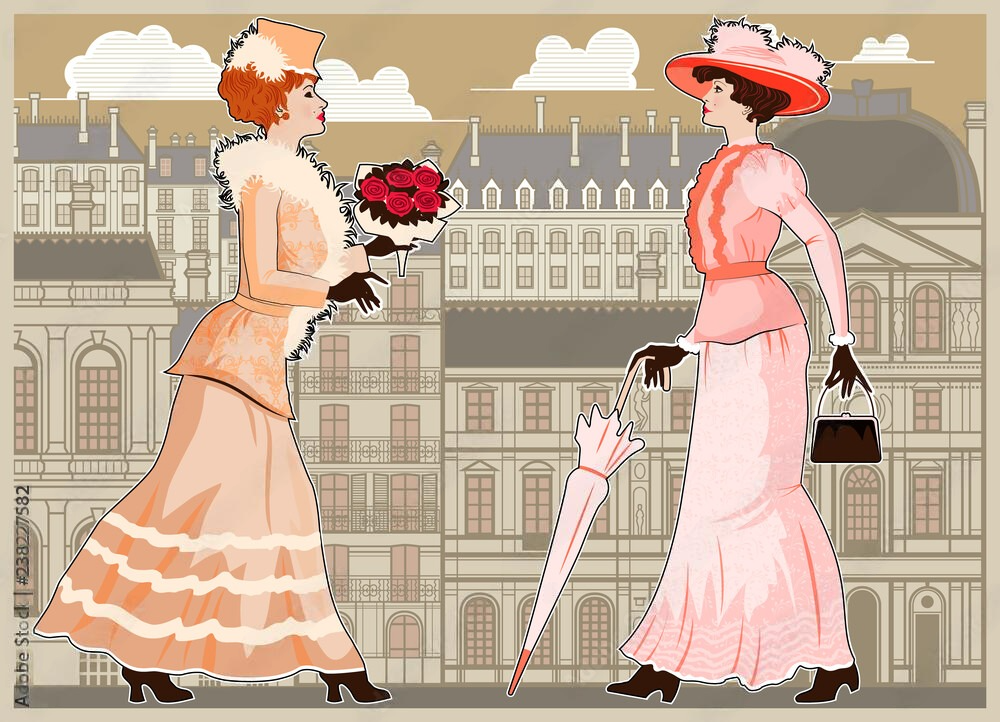
1. Embracing Change: Shifts in Silhouette
The 1910s fashion witnessed a significant evolution in the silhouette, marking a departure from the constricting corsets of the previous decades. Women embraced a more natural form, with emphasis placed on comfort and mobility. The corset, while still worn by some, began to lose its prominence, giving way to looser, more relaxed garments. The iconic “S” curve silhouette emerged, characterized by a high waistline and a softly rounded bust, a stark contrast to the rigid hourglass figure of the Victorian era.
2. Fabrics and Textures: A Symphony of Luxurious Materials
Luxurious fabrics and intricate textures played pivotal roles in defining 1910s fashion. Silk, chiffon, and satin were favored for their lustrous sheen and delicate drape, lending an air of opulence to women’s attire. Embellishments such as lace, embroidery, and intricate beadwork adorned dresses and accessories, adding depth and dimension to ensembles. The Art Nouveau movement influenced textile design, with motifs inspired by nature, flowing lines, and asymmetrical patterns dominating the fashion landscape.
3. The Rise of Ready-to-Wear: Fashion for the Masses
The advent of ready-to-wear clothing revolutionized the way women dressed in the 1910s fashion. Mass production techniques and standardized sizing made fashionable attire more accessible to a broader demographic. Department stores and mail-order catalogs offered an array of stylish garments at affordable price points, democratizing fashion and empowering women to express their style with greater ease.
4. Daytime Elegance: Tea Gowns and Shirtwaists
Daytime attire in the 1910s fashion exuded a sense of refined femininity, with tea gowns and shirtwaists reigning supreme. Tea gowns, characterized by their loose, flowing silhouettes and delicate embellishments, epitomized daytime elegance. Made from lightweight fabrics such as chiffon or crepe, these garments were perfect for informal gatherings and leisurely activities. Meanwhile, shirtwaists, tailored blouses worn with skirts, emerged as a practical yet stylish option for everyday wear, offering women versatility and sophistication.
5. Evening Glamour: Gowns Fit for Royalty
Eveningwear in the 1910s was synonymous with glamour and extravagance, as women adorned themselves in sumptuous gowns fit for royalty. Empire waistlines, draped skirts, and intricate beading were hallmarks of evening gowns, exuding an aura of sophistication and allure. Rich jewel tones such as emerald green, sapphire blue, and ruby red dominated the color palette, adding drama and opulence to evening ensembles. Accessories such as beaded purses, ornate hair combs, and long gloves completed the look, elevating it to sheer perfection.
Despite the passage of time, the legacy of women’s fashion in the 1910s continues to resonate today. The era was a time of great change and progress, with women asserting their independence and redefining societal norms. From the demise of the corset to the emergence of sportswear, the 1910s fashion laid the foundation for the modern woman’s wardrobe, celebrating comfort, functionality, and individuality above all else.
Men’s Fashion in the 1910s: From Formal Elegance to Casual Sophistication
The 1910s were a time of transition and transformation in men’s fashion, witnessing the evolution of traditional styles and the emergence of new trends that reflected the changing social landscape. From the formal attire worn for special occasions to the everyday casual wear embraced by men from all walks of life, let’s explore the distinct facets of men’s fashion during this remarkable decade.
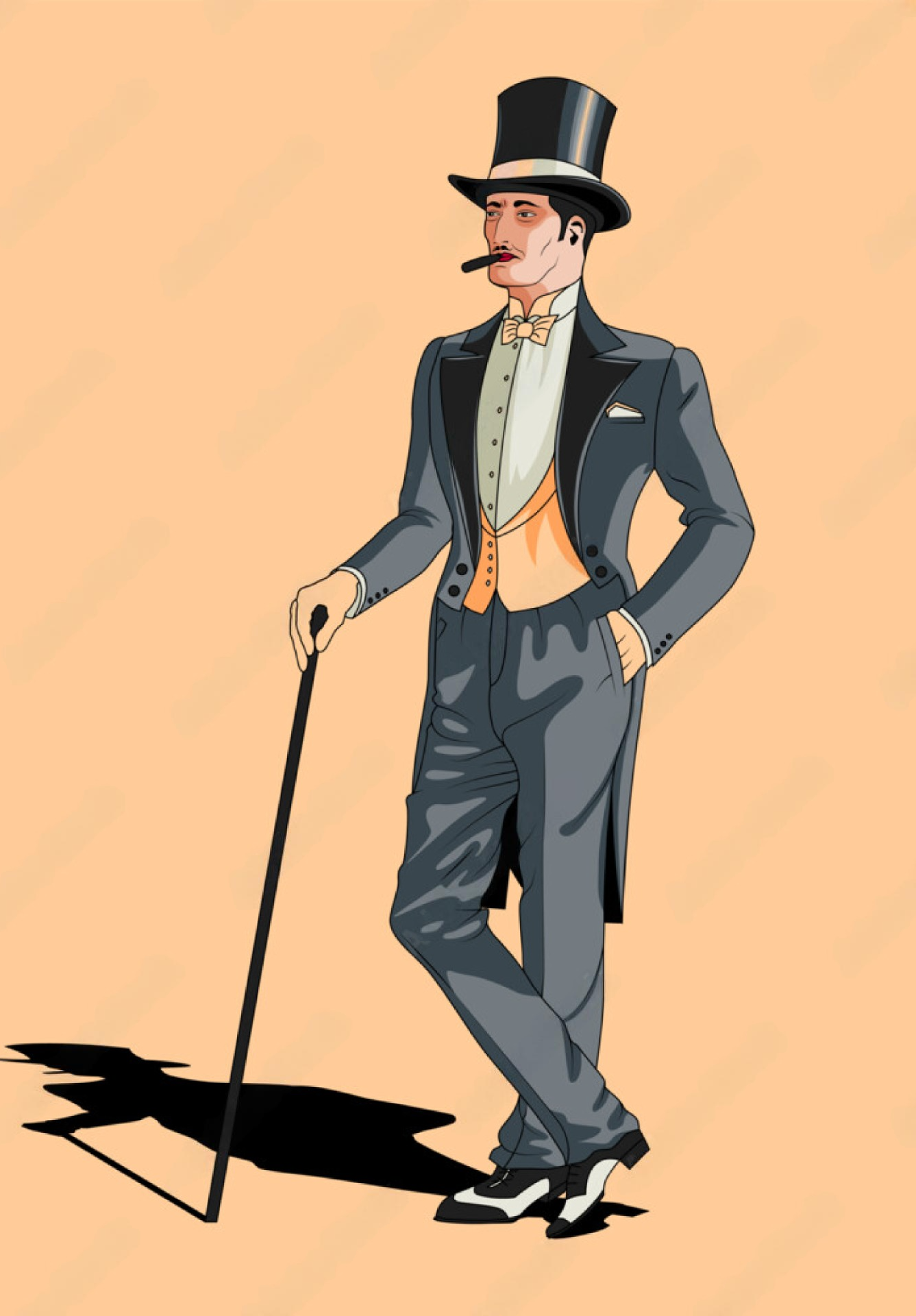
1. The Rise of the Lounge Suit
At the dawn of the 20th century, the lounge suit emerged as the quintessential garment for men’s everyday wear. Consisting of a tailored jacket and trousers, often paired with a waistcoat, the lounge suit represented a departure from the formal and restrictive styles of the Victorian era. Men embraced this new silhouette with enthusiasm, appreciating its versatility and understated elegance.
2. The Influence of Savile Row
London’s Savile Row became synonymous with sartorial excellence during the 1910s fashion , attracting discerning gentlemen from around the world in search of impeccably tailored garments. Tailors like Henry Poole & Co. and Anderson & Sheppard set the standard for craftsmanship and quality, crafting bespoke suits that were both timeless and sophisticated. The attention to detail and commitment to tradition established Savile Row as the epicenter of men’s fashion, a reputation that endures to this day.
3. The Impact of World War I
The start of World War I in 1914 completely revamped men’s fashion. With many men serving in the military, civilian clothing became more practical and utilitarian. Suits were tailored for ease of movement, with functional details like patch pockets and adjustable cuffs becoming increasingly common. The influence of military uniforms could be seen in the prevalence of khaki and olive drab colors, as well as in the adoption of trench coats and pea jackets for everyday wear.
4. The Dandy Aesthetic
Despite the austerity of wartime, the dandy aesthetic continued to thrive in the 1910s fashion. Dandies were known for their impeccable taste, attention to detail, and flamboyant sense of style. They favored bold patterns, luxurious fabrics, and accessories like silk scarves, pocket squares, and boutonnieres, elevating everyday attire to an art form. The dandy ethos celebrated individuality and self-expression, inspiring men to embrace fashion as a means of personal identity and creative expression.
5. The Evolution of Formalwear
Formalwear underwent subtle changes during the 1910s fashion, reflecting shifting social norms and cultural influences. The tailcoat, once a staple of evening attire, gave way to the dinner jacket, a more relaxed and modern alternative. Tuxedos became increasingly popular for formal occasions, offering men a stylish yet comfortable option for evening wear. Accessories like bow ties, cummerbunds, and patent leather shoes added a touch of refinement to formal ensembles, ensuring that men looked their best for any occasion.
Despite the passage of time, the legacy of men’s fashion in the 1910s continues to inspire designers, tastemakers, and fashion enthusiasts alike. From the rise of the lounge suit to the influence of Savile Row, the era was defined by a commitment to craftsmanship, quality, and sophistication.
The Timeless Influence of World Events on 1910s Fashion
Fashion is not merely about clothing; it’s a mirror reflecting the ethos of an era, shaped by the events that transpire globally. The 1910s fashion, a pivotal period marked by significant historical upheavals, witnessed a profound transformation in fashion trends.

The Titanic Tragedy: A Watershed Moment in Fashion
The sinking of the RMS Titanic in 1912 sent shockwaves across the world, profoundly impacting various aspects of society, including fashion. The tragedy spurred a shift towards more practical and streamlined designs in women’s attire. Gone were the days of extravagant, ornate dresses; instead, simplicity became the hallmark of fashion, with slimmer silhouettes and lighter fabrics gaining popularity. This era saw the emergence of the iconic Titanic fashion, characterized by long, flowing lines and a departure from the rigid corseted styles of the past.
The Great War and Utility Fashion
The outbreak of World War I in 1914 brought about significant changes in fashion as societal norms and priorities shifted. With men enlisted in the armed forces and women taking on roles traditionally held by men, practicality became paramount in clothing design. Utility fashion, marked by functional and economical garments, rose to prominence. Women embraced more utilitarian clothing styles, such as tailored suits and shirtwaist dresses, reflecting their newfound roles in the workforce.
Suffragette Style: Fashion as a Form of Protest
The early 1910s fashion witnessed the peak of the suffragette movement, as women across the globe fervently fought for their right to vote. Fashion became a powerful tool for self-expression and political activism, with suffragettes using clothing to convey their message of empowerment and equality. The iconic suffragette colors of purple, white, and green were incorporated into garments, symbolizing loyalty, purity, and hope, respectively. High-necked blouses, ankle-length skirts, and tailored jackets became emblematic of the suffragette style, serving as a visual manifestation of women’s struggle for liberation.
The Roaring Twenties: A Prelude to Change
As the 1910s drew to a close, the stage was set for a fashion revolution that would define the subsequent decade. The aftermath of World War I and the Spanish flu pandemic paved the way for a renewed sense of liberation and individualism. The restrictive fashion norms of the past gave way to the exuberance of the Roaring Twenties, marked by shorter hemlines, daring silhouettes, and a newfound sense of freedom. The events of the 1910s catalyzed the seismic shifts in fashion that would unfold in the years to come.
The influence of world events on 1910s fashion is unmistakable. From the aftermath of the Titanic tragedy to the upheaval of World War I and the dawn of the suffragette movement, each event left an indelible imprint on the sartorial landscape of the time. Fashion not only reflects the zeitgeist of an era but also serves as a testament to the resilience and adaptability of human creativity in the face of adversity.
Fashion Icons of the 1910s: Capturing the Essence of Elegance and Innovation
Fashion is a timeless reflection of culture, society, and innovation. As we delve into the early 20th century, the 1910s emerge as a pivotal period in fashion history, marked by the transition from the opulent Edwardian era to the modern styles that would define the coming decades.
1. Coco Chanel: Pioneering Elegance and Simplicity
In the realm of fashion, few names resonate as profoundly as Coco Chanel. Emerging as a visionary force in the 1910s, Chanel revolutionized women’s attire by advocating for simplicity, functionality, and understated elegance. Her iconic designs, characterized by the innovative use of jersey fabric and timeless silhouettes, liberated women from the constraints of corsets and elaborate embellishments.
2. Paul Poiret: The Master of Avant-Garde Couture
Paul Poiret, often hailed as the “King of Fashion,” exerted a significant influence on 1910s fashion with his avant-garde creations and daring aesthetic sensibilities. Renowned for his vibrant color palettes, exotic inspirations, and innovative draping techniques, Poiret’s designs embodied the spirit of artistic liberation and cultural dynamism that defined the era.
3. Jeanne Lanvin: Embracing Femininity and Grace
As the founder of one of the oldest French fashion houses, Jeanne Lanvin captured the essence of femininity and grace in her exquisite creations. Throughout the 1910s fashion, Lanvin’s designs celebrated the romanticism of the Belle Époque while incorporating modern elements such as intricate embroidery, delicate pleating, and luxurious fabrics, cementing her legacy as a revered couturier.
4. Mariano Fortuny: Elevating Textile Innovation to Art
Mariano Fortuny, a visionary artist and designer, left an indelible mark on 1910s fashion with his revolutionary approach to textile design and garment construction. Famed for his iconic Delphos gown, crafted from finely pleated silk and inspired by ancient Greek attire, Fortuny showcased the intersection of tradition and innovation, captivating the imagination of fashion connoisseurs worldwide.
5. Lucile, Lady Duff-Gordon: Redefining Feminine Sensuality
Lucile, Lady Duff-Gordon, emerged as a trailblazing figure in 1910s fashion, renowned for her daring designs that celebrated feminine sensuality and liberation. With a keen eye for theatricality and drama, Lady Duff-Gordon pioneered the concept of “mannequin parades,” precursor to modern fashion shows, where models showcased her luxurious creations in elaborate settings, captivating audiences with their allure and sophistication.
6. Callot Soeurs: Crafting Ethereal Elegance and Opulence
The renowned fashion house of Callot Soeurs, founded by the Callot sisters, epitomized ethereal elegance and opulence in the 1910s fashion. Renowned for their intricate lacework, delicate embroideries, and sumptuous fabrics, the Callot Soeurs designs graced the wardrobes of aristocrats, socialites, and celebrities, exuding an aura of timeless glamour and refinement.
7. The Ballets Russes: Inspiring Fashion and Fantasy
The Ballets Russes, under the visionary direction of Sergei Diaghilev, served as a wellspring of inspiration for 1910s fashion, captivating audiences with its fusion of art, music, and dance. The vibrant costumes and exotic motifs featured in Ballets Russes productions influenced designers such as Paul Poiret and Leon Bakst, infusing their creations with a sense of theatricality and fantasy.
8. Irene Castle: Redefining Dance and Style
Irene Castle celebrated as one of the most iconic figures of the 1910s fashion, revolutionized both dance and fashion with her innovative choreography and chic sartorial choices. With her trademark bob haircut and streamlined silhouettes, Castle epitomized the modern, liberated woman of the Jazz Age, inspiring a generation of women to embrace freedom, individuality, and self-expression.
9. Alice Roosevelt Longworth: Setting the Political and Fashion Trends
As the daughter of President Theodore Roosevelt, Alice Roosevelt Longworth wielded considerable influence over both political and fashion circles in the 1910s. With her penchant for avant-garde styles and bold fashion statements, Longworth set the tone for sartorial experimentation and daring self-expression, earning her a place among the most influential fashion icons of her time.
10. The Suffragettes: Empowering Women Through Style
Amidst the social and political upheavals of the 1910s fashion, the Suffragettes emerged as powerful advocates for women’s rights and equality. Through their strategic use of fashion, symbolized by the iconic colors of purple, white, and green, the Suffragettes promoted a message of empowerment and liberation, inspiring women around the world to demand their place in society and assert their right to self-determination.
The fashion icons of the 1910s not only shaped the sartorial landscape of their time but also laid the groundwork for the modern fashion industry as we know it today. Through their creativity, innovation, and unwavering commitment to self-expression, these visionary individuals left an enduring legacy that continues to inspire and captivate fashion enthusiasts around the world.
Echoes of Elegance: The Enduring Legacy of 1910s Fashion
Fashion is not just about what we wear; it’s a reflection of our society, culture, and values. Each era leaves behind its unique imprint on the world of style, and the 1910s were no exception. The legacy of 1910s fashion is a testament to the enduring power of creativity and self-expression. From the birth of modernism to the impact of world events, this transformative decade laid the foundation for the fashion landscape we know today.

1. The Birth of Modernism
The dawn of the 1910s marked a pivotal moment in the evolution of fashion. The rigid corsets and elaborate embellishments of the Victorian era gave way to a more liberated silhouette. Women embraced looser, more flowing garments that allowed for greater movement and comfort. This shift towards practicality and simplicity laid the groundwork for the modernist movement that would define much of 20th-century fashion.
2. The Rise of Haute Couture
Paris, the epicenter of fashion, continued to reign supreme during the 1910s. Couturiers like Paul Poiret and Coco Chanel emerged as trailblazers, revolutionizing the way we perceive and consume fashion. Poiret often hailed as the “King of Fashion,” introduced the concept of draping and Asian-inspired silhouettes, while Chanel challenged traditional gender norms with her iconic designs that celebrated simplicity and functionality.
3. A Decade of Contrasts
The 1910s fashion landscape was characterized by a juxtaposition of contrasting styles. While the early years embraced the opulence of the Belle Époque with lavish fabrics and intricate detailing, the latter half of the decade saw a move toward simplicity and functionality. This dichotomy reflects the tumultuous nature of the times, with society grappling with the aftermath of war and the winds of change sweeping across the globe.
4. Icons of the Era
No discussion of 1910s fashion would be complete without paying homage to the iconic figures who defined the era. From the ethereal beauty of the Gibson Girl to the avant-garde sensibility of the Flapper, each archetype captured the essence of the times and left an indelible mark on fashion history. Their influence can still be seen today in the way we dress and express ourselves.
5. The Enduring Appeal
Despite being over a century old, the legacy of 1910s fashion continues to resonate with contemporary audiences. The emphasis on comfort, functionality, and individuality laid the groundwork for the modern fashion industry, shaping the way we approach style and self-expression. Whether it’s the timeless elegance of a bias-cut gown or the androgynous allure of a tailored suit, the echoes of the 1910s reverberate through the corridors of fashion, reminding us of an era defined by innovation and reinvention.
The 1910s fashion were a transformative decade, marked by innovation, upheaval, and social change. The fashion of the 1910s was a reflection of its time, capturing the spirit of innovation, progress, and social change. From the evolution of silhouette to the explosion of color and texture, every aspect of 1910s fashion tells a story of creativity, resilience, and self-expression. As we delve deeper into this captivating era, we gain a greater appreciation for the individuals and ideas that continue to shape the way we dress and perceive fashion today.

